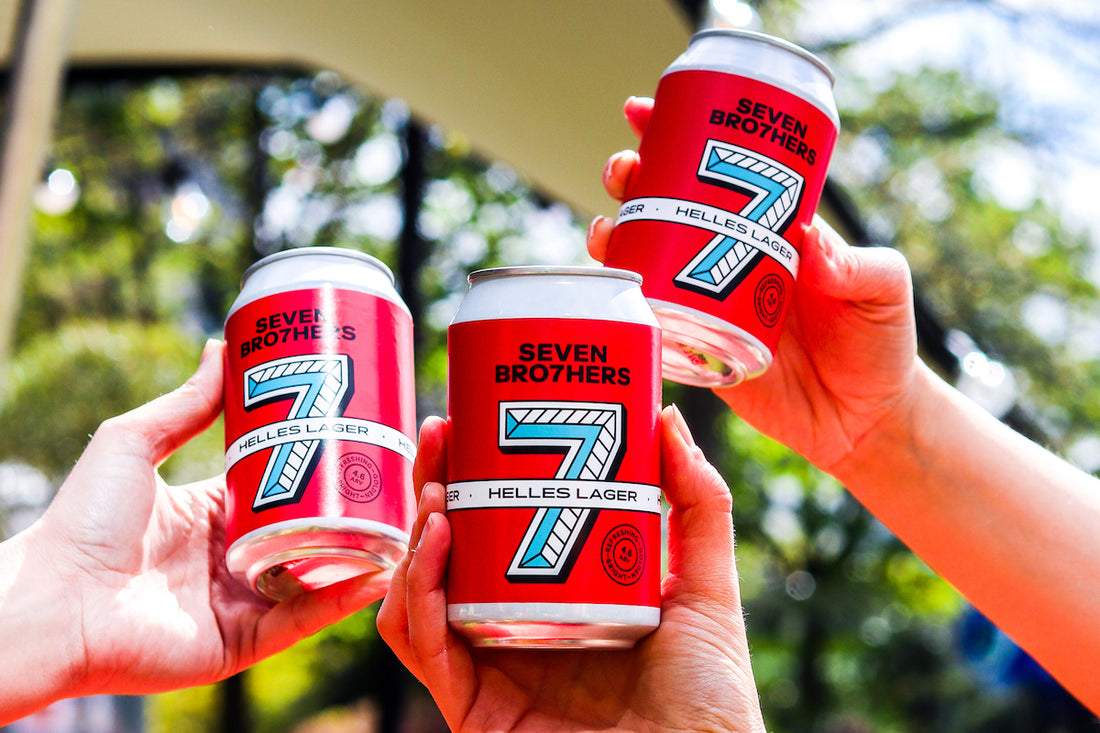Most of the global beer brands you’ll find sponsoring major sports events are lagers (we won’t say anything about their quality…) and they sometimes have a bit of an unfair reputation (think weak brews, football hooligans and stag do’s).
But all beers are either lagers or ales (everything is officially a sub-category of either one or the other) meaning there’s quite a wide range of beers in this category.
What is a lager?
Lager isn’t always brewed to its delicious potential, and we think it’s time we regain our appreciation for this magnificent drink. Lagers are a thirst-quenching treat, not too strong, perfect with a burger on a sunny day. Let’s dive in...
Lager is a type of beer that’s aged at low temperatures. Lagers are cold-fermented (in contrast to ales, which are warm-fermented) and have a crisp, clean flavour.
Dating back to Medieval times, lagering beer (storing at a cold temperature after fermentation) was commonly done in caves, although it became a major method of brewing in Bohemian breweries in the 1870s. Before the advent of refrigeration, their lagers were stored in cold cellars filled with ice from nearby lakes, and summer brewing wasn’t permitted.
But those thirsty Germans demanded year-round lager brewing, which led to engineer Carl von Linde inventing new methods of gas-enabled refrigeration. Cheers Carl!
What colour is lager?
Lager is usually pale or dark golden, with visible bubbles and a moderately frothy head.
What does lager taste like?
It’s not just the fermentation methods that make lager different from ale, it’s the yeast. Using a totally different form of yeast affects everything from the flavours, aromas and ideal temperatures. While ale yeast adds a particular flavour to the brew, lager yeast leaves more of a blank canvas for the flavours of the hops and barley to come through.
That said, lager can be malty or bitter, strong or weak, and typical varieties can be pale, amber, dark and Pilsner. Our classic lager is light, crisp and smooth with a hint of caramel, while our pilsner is a mix of floral, herbal, tropical and slightly spicy.
Due to their less intense taste, lagers are generally great accompaniments to food. If you’re having something heavy and filling – like burgers, fish & chips, or pasta – a light pale lager will be a better choice than something rich like a stout, although fruity IPAs can make for a good burger pairing too.
How strong is lager?
Lager generally has a lower alcohol content than ale. So you might see a range of 3% - 5.5% in your usual pub. Your typical pint of 4% lager equals 2.3 units. These days, there’s a range of low- and non-alcoholic varieties too.
Our Helles Lager is 4.6% and our Pilsner is 5%.
